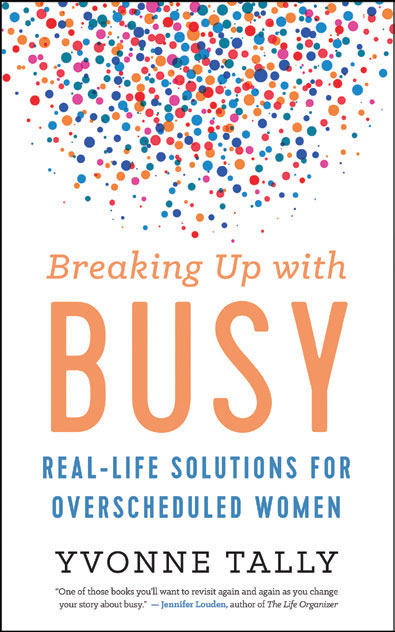Constant availability, unyielding accommodation of others, and unrealistic expectations can easily morph into time-zapping habits. Busy has no boundaries; you just keep going and going.
It’s like treading water with no shore in site — you keep doing it in hopes that someone will show up and rescue you. If this sounds familiar, it’s time to set some new boundaries.
Boundaries are not designed to keep others out; rather, they’re meant to protect personal space so that each of us can develop, protect, and maintain our sense of self. Setting healthy boundaries is fundamental in maintaining healthy relationships and personal wellbeing. Most people understand this and respect the boundaries that we consistent boundaries, others won’t have a clue as to when they are crossing them. When this happens, frustration and anger are often the result, pushing us over the line of our ill-set boundaries. Understanding your limits before you reach them will help you set good boundaries and give you the confidence to enforce them. You may get pushback from others when you set new boundaries; this is often a reaction to the changing dynamics that new boundaries bring. Setting and enforcing boundaries comes with a learning curve, and once you get on the other side of that, you’ll be in a better position to manage your time.
The Solution
• Flag your feelings. Be aware of feeling resentful or uncomfortable. These feelings are likely signals that you’ve reached the limits of the boundary you have set. A yellow flag means pause and evaluate. Evaluate whether you really need to do what’s being asked of you. Is it too close to a limit that you’ve set for yourself? Or is there some way you could modify the situation or request so that you feel more comfortable? A red flag means stop and communicate. A red flag is a sure sign that you have reached your limit and that it’s time to communicate that. Be firm and kind while clearly stating why you won’t accept whatever is causing you the discomfort, and follow it by restating your boundary and what you will accept.
• Review your Need/Want Connection. Determine what you need to get done before you accept any requests from others. Be sure you really have the time to do what’s being asked without it affecting your positive mood.
• Use clear communication. Don’t beat around the bush when you express a boundary. Do be mindful of the relationship you have with the other person and the style in which she communicates. Doing so will make what you have to say easier for her to hear. And that’s key in getting your point across in a direct and compassionate manner.
• Keep it simple. Don’t overthink whether or not you should do something—go with your gut!
• Consistency is key. Establish healthy boundaries by sticking to them. Those around you will stop expecting so much when you stop doing so much.
Think of boundaries as the handrails on a staircase; everyone feels better when they’re there.
Excerpted from the book Breaking Up with Busy. ©2018 by Yvonne Tally. Printed with permission from New World Library — newworldlibrary.com.
 Yvonne Tally is the author of Breaking Up with Busy and leads meditation and de-stressing programs for corporations, individuals, and private groups in Silicon Valley. Visit her online at YvonneTally.com.
Yvonne Tally is the author of Breaking Up with Busy and leads meditation and de-stressing programs for corporations, individuals, and private groups in Silicon Valley. Visit her online at YvonneTally.com.

















